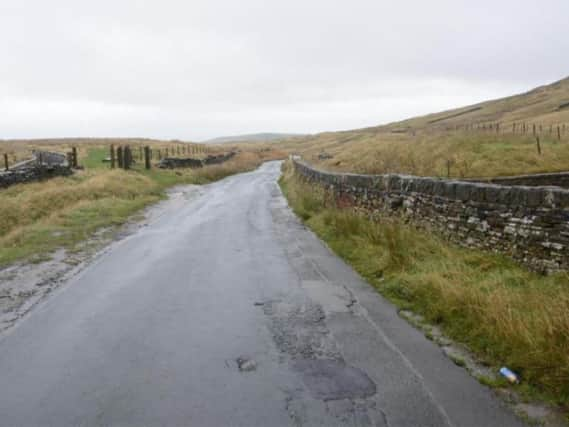Sheep heads, goose carcasses and remains of cannabis farm fly-tipped on banks of Yorkshire stream


Yorkshire Water had recently revealed that a site in Oxenhope, Nab Water Lane, had suffered from repeated fly-tipping, with items including sheep heads, 30 goose carcasses, soiled nappies and remains of a cannabis farm being dumped on the banks of the stream.
Water from the site feeds into the main supply of drinking water for Bradford, and the company said the tipping posed “a significant risk to the protection of public water supply”.
Advertisement
Hide AdAdvertisement
Hide AdIt is thought that the fly-tippers have driven to the isolated Green Belt site before throwing the waste down the steep banks that lead to the Nab Water stream.
To tackle the issue, Yorkshire Water submitted an application to Bradford Council to build 100 yards of fencing at the site, separating Nab Water Lane and the stream.
Council officers have now approved the application, saying that although a fence of this size would not normally be allowed in the Green Belt, the consequences of continued fly tipping were much worse.
The stream flows into the Stubden Catchwater conduit via the Nan Scar Intake. It then flows directly to Stubden Reservoir which supplies Chellow Heights water treatment works – the sole supply of drinking water to Bradford. Yorkshire Water said there had been no evidence that Bradford’s water supply had been contaminated.
Advertisement
Hide AdAdvertisement
Hide AdThe planning report said: “There would be direct benefits to biodiversity of the local wildlife site and incidental benefits for the area given the harmful impact that fly-tipping will be having on nature conservation through the likely attraction of predators to the site and the potential increased population of predators (rats) that could be fed by the waste.”
Comment Guidelines
National World encourages reader discussion on our stories. User feedback, insights and back-and-forth exchanges add a rich layer of context to reporting. Please review our Community Guidelines before commenting.